When comparing PE (Polyethylene) pipes and PPR (Polypropylene Random Copolymer) pipes, each has unique benefits suited for different applications
1. Material Properties
Highly flexible, durable, and resistant to chemicals, making them ideal for water and gas distribution, especially in outdoor and underground settings.
PPR Pipes
Known for high temperature resistance and durability, commonly used for hot and cold water supply, especially in indoor plumbing.
2. Temperature Resistance
PE: Suitable for temperatures up to around 60°C.
PPR: Can withstand higher temperatures (up to around 95°C), making it more suitable for hot water applications.
3. Longevity
Both materials are durable, but PPR pipes are particularly preferred for long-lasting indoor installations due to their ability to handle temperature fluctuations.
4. Joining Method
PE: Typically joined by butt fusion or electrofusion, offering strong and leak-proof connections.
PPR: Joined through heat fusion, creating seamless and reliable joints.
Advantages and Disadvantages
1. PE (Polyethylene) Pipes
Advantages: Flexible, lightweight, resistant to corrosion, chemicals, and UV light; suitable for outdoor and underground use.
Disadvantages: Limited temperature tolerance (up to about 60°C), making them less suitable for hot water systems.
2. PPR (Polypropylene Random Copolymer) Pipes
Advantages: High temperature resistance (up to 95°C), durable, non-toxic, and ideal for hot and cold water.
Disadvantages: Less flexible than PE, and installation requires more specialized tools.
Applications
Common: Both can be used for water supply, including potable water systems.
Different
PE: Often used in irrigation, gas distribution, and outdoor water lines due to its flexibility and UV resistance.
PPR: Primarily used in indoor plumbing, especially for hot water systems, due to its heat resistance and pressure tolerance.
Each material has distinct advantages based on the installation environment and temperature requirements.
Environmental friendliness of PE pipes
1. Production process: PE pipes have low energy consumption in production, and polyethylene, as a non-toxic material, does not release harmful substances. In addition, scraps from the production process can be recycled and reused, reducing resource waste.
2. Long service life: The durability of PE pipes reduces the frequency of replacement and reduces waste generation.
3. Waste disposal: Polyethylene materials can be recycled and reused, and if recycled reasonably, the environmental impact is small. However, improper treatment (such as incineration) may lead to harmful gas emissions, so the recycling and waste processes need to be cautious.
Tips:
The international standards and certifications for PE pipes (polyethylene pipes)
1. ISO standards
ISO 4427: Standards specifically for PE pressure pipes, covering the performance, durability and quality requirements of water transportation systems.
ISO 4437: Standards for PE gas pipes to ensure the safety and reliability of gas transportation.
2. ASTM standards (American Society for Testing and Materials)
ASTM F714: Covers the production standards for PE pressure pipes to ensure their pressure resistance.
ASTM D3035: Specifies the specifications and test requirements for PE pipes for water, sewage and gas transportation.
3. EN standards (European standards)
EN 12201: European standards for PE pipes, mainly used in water and gas pressure systems, specifying material, design and construction specifications.
4. NSF certification
NSF certification is mainly applicable to PE drinking water pipes to ensure that the products meet health and safety standards.
5. WRAS certification (UK Water Supply Rules Advisory Scheme)
For drinking water systems, ensure that PE pipes meet the sanitary safety standards for water supply.
6. Other national standards
Such as DIN 8074/8075 in Germany, AS/NZS 4130 in Australia, etc., to ensure the applicability of PE pipes according to local regulations.
580.webp)
674514.webp)
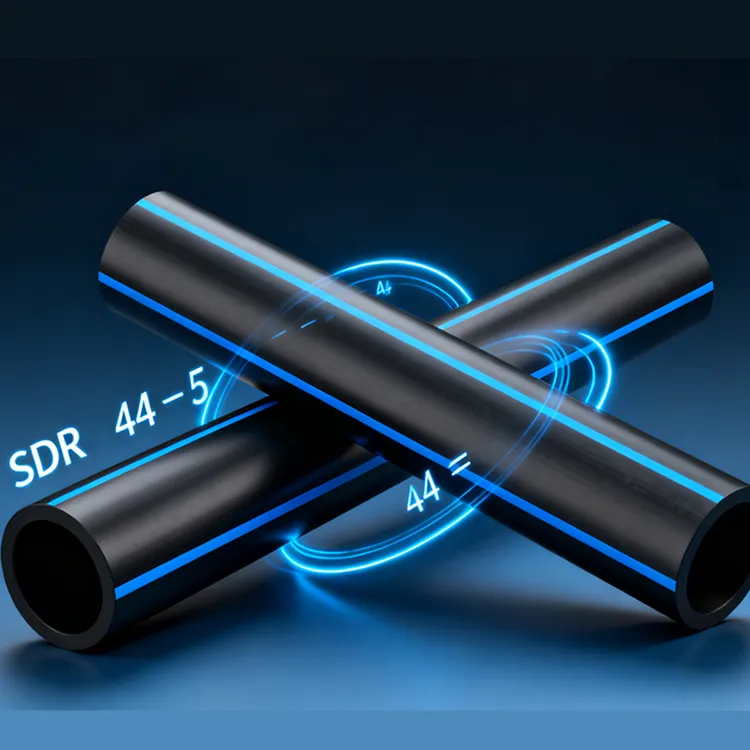
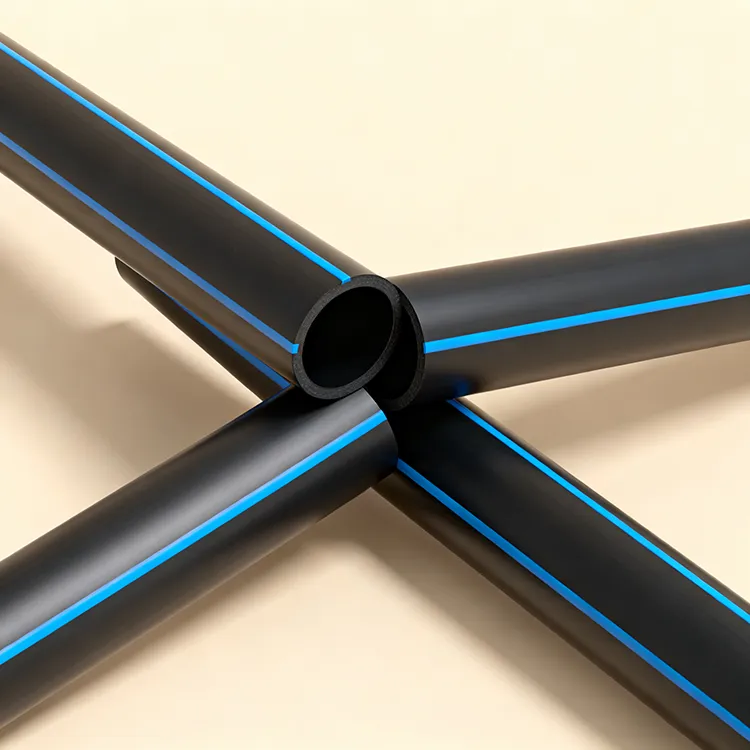
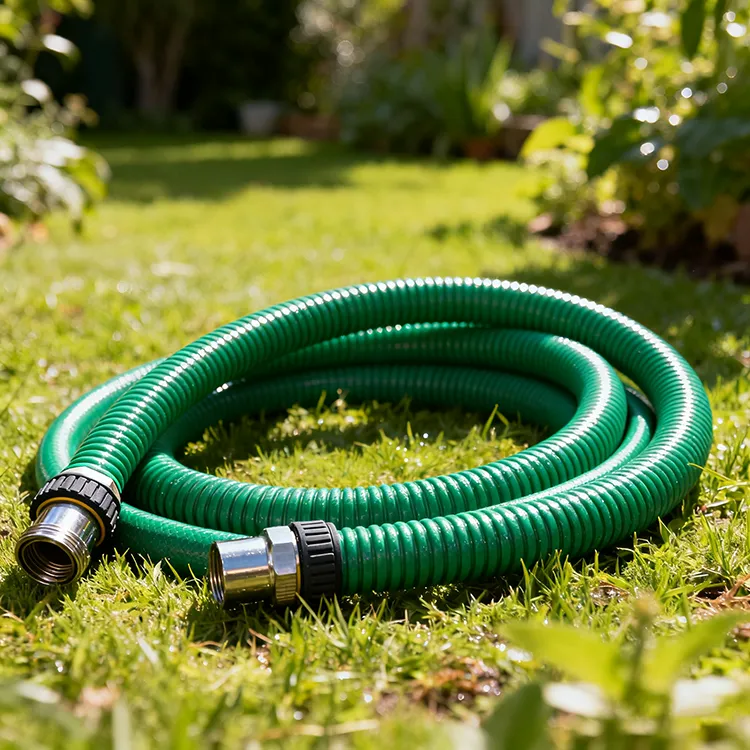
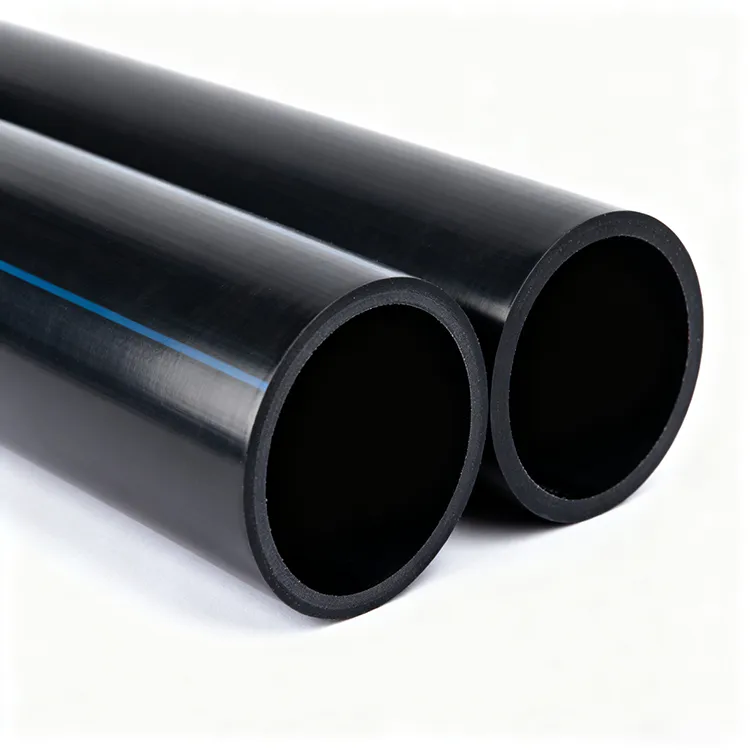
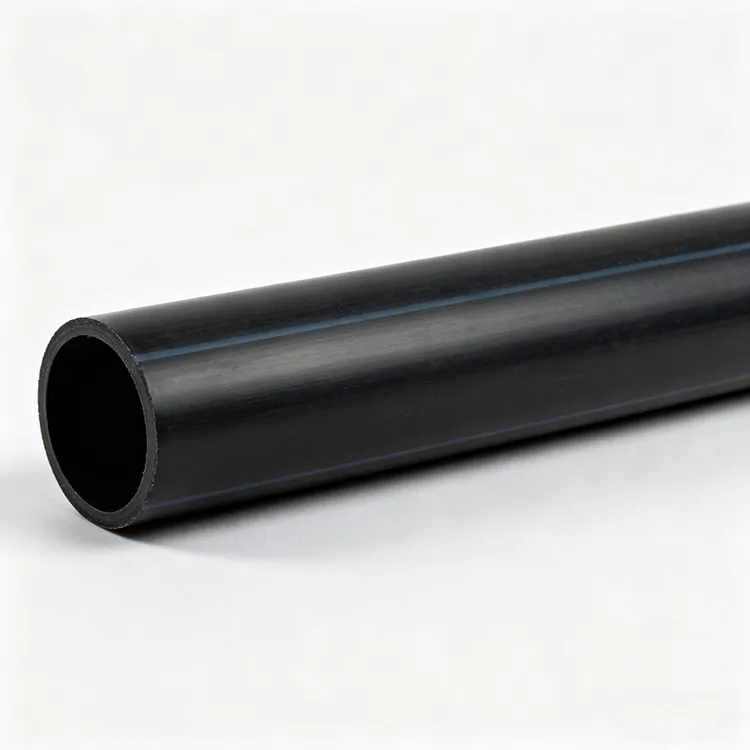
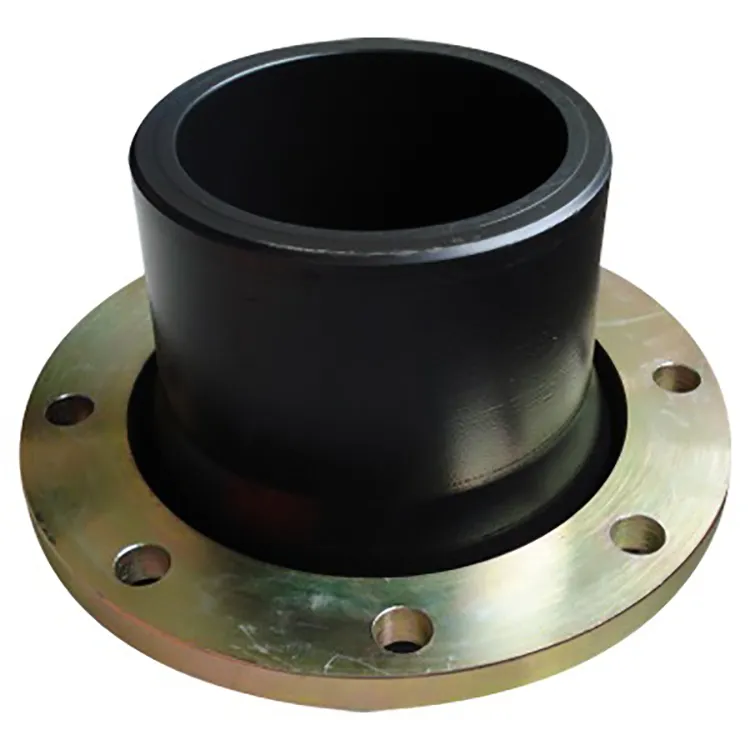
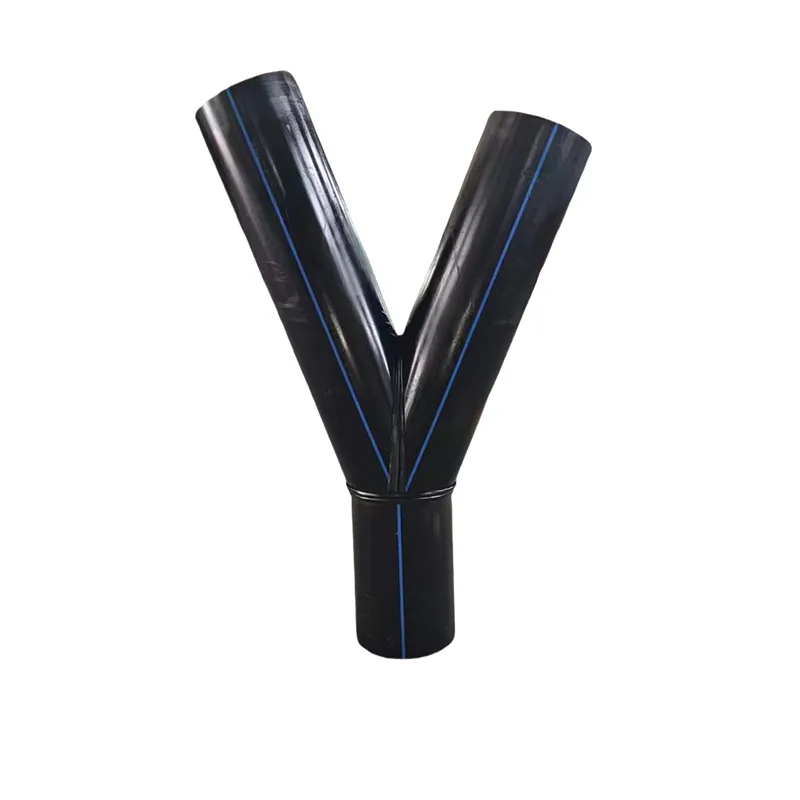

659.webp)
210.webp)
328.webp)
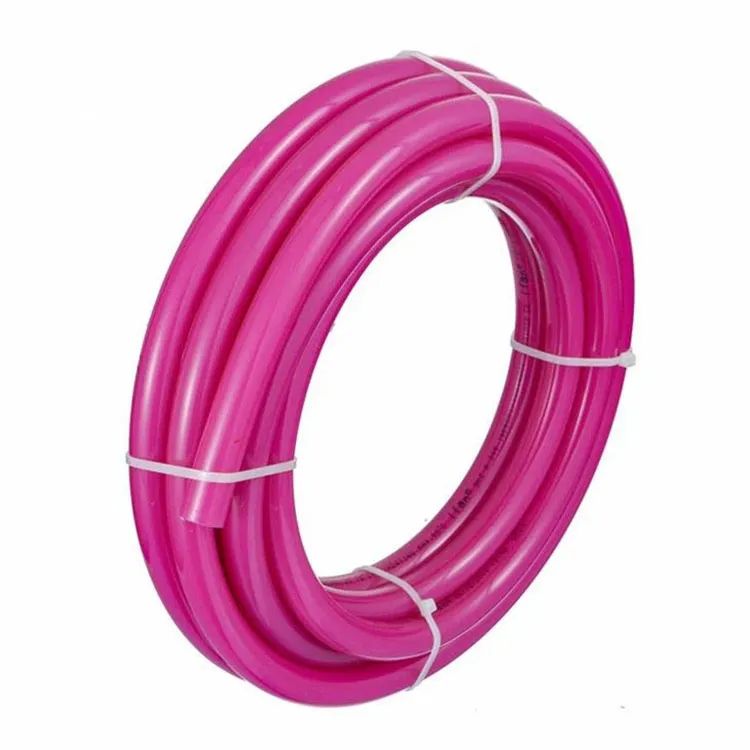
294.webp)
476.webp)


